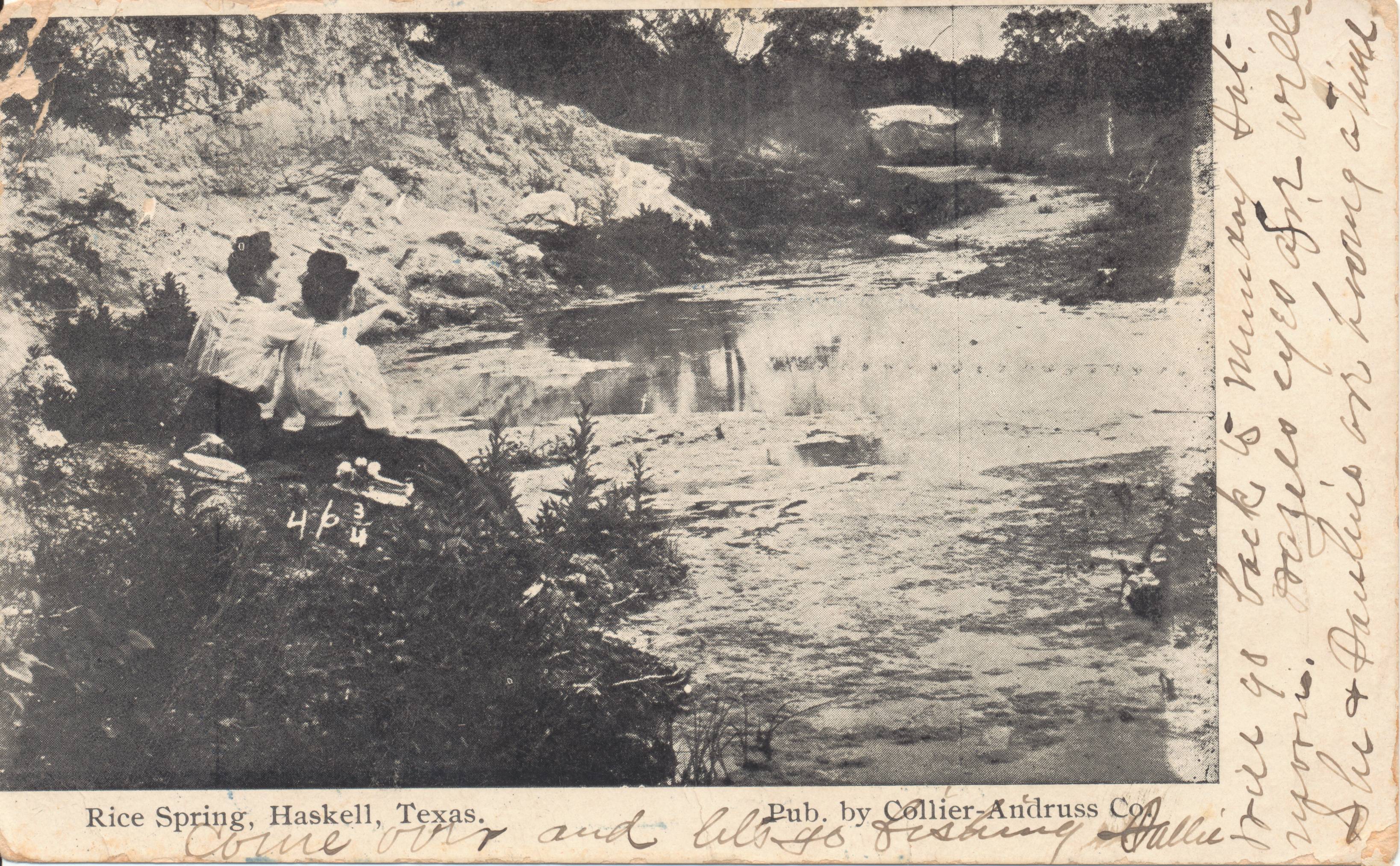Jayme Blaschke | February 28, 2024

New research from The Meadows Center for Water and the Environment at Texas State University uncovers a concerning decline in the state’s groundwater resources, finding that the number of dry springs has nearly tripled since the early 1980s.
Co-authored by Robert E. Mace, Ph.D., Meadows Center Executive Director, and Nohemi Galaviz, a Texas State undergraduate research assistant, the study revisits and builds upon the seminal work of Gunnar Brune's 1975 report, “Major and Historical Springs of Texas,” and his subsequent 1981 book, “The Springs of Texas, Volume 1.” As Texas’ acknowledged expert on springs, Brune’s publications cataloged the state’s major and historical springs, forming the foundation of our knowledge today.
“For the first time in nearly half a century, we looked at the status of major and historical springs across the state to see if more springs had gone dry. Indeed, more—many more—have failed over the past 50 years,” Mace said.
The authors used a range of methods, including satellite imagery, historical maps and fieldwork, to identify and assess springs common to both Brune’s early report and his subsequent book. The resulting analysis revealed that 30% of the springs examined by Brune are now dry, compared to 11% in 1981, representing a 173% increase or 2.7 times more failed springs.

The report also extends Brune’s original work to include additional data points that provide a more complete picture of the state’s spring systems. The researchers used a fractal analysis method to develop an equation to estimate the number of active springs and their combined flow.
This analysis suggests that there might be more than 4,000 springs with flows of 0.01 cubic feet per second or larger in Texas and that the total springflow in the state could be 2.1 million acre-feet per year, a significant decrease from Brune’s speculative estimate of 3 million acre-feet per year in 1975.
“The data speaks volumes about the growing demands on our groundwater resources and some of the consequences of meeting those demands,” Mace said. “As groundwater use in the state continues to rise, the resulting decrease in springflow jeopardizes not only our groundwater and surface-water supplies but also the ecosystems that rely on these springs.”
The database and the report are available on the Meadows Center’s website as an updatable research tool for the community. For more information and to read the report, visit www.meadowscenter.txst.edu/research/environmental-flows/revisiting-major-historical-springs.
Share this article
For more information, contact University Communications:Jayme Blaschke, 512-245-2555 Sandy Pantlik, 512-245-2922 |
